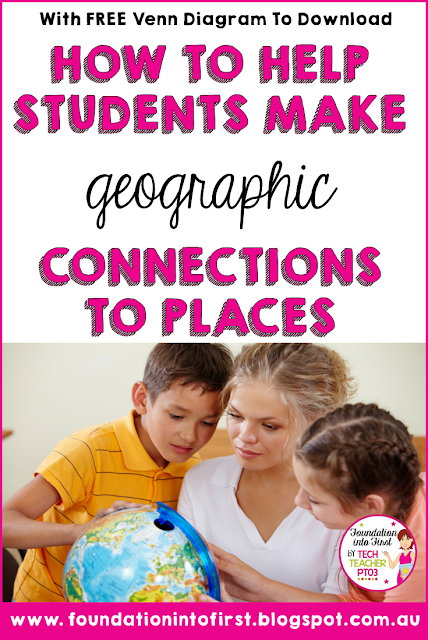The 1st of July marks a special day for Canadians - Canada Day!
Canada Day is a great time to make connections to places and the Australia curriculum for HASS Year 3 asks students to explore:
"Celebrations and commemorations in places around the world..."
"The similarities and differences between places in terms of their type of settlement, demographic characteristics and the lives of the people who live there, and people’s perceptions of these places..."
Exploring seasonal celebrations are a great way to reinforce learning and may help make those connects to places for students. In particular, Canada has many similarities to Australia that make it a perfect country to compare and contrast population, culture, climate and geography.
What is Canada Day about?
Canada Day is the national day of Canada celebrated on 1st July. Canadians have parties, barbeques, parades and fireworks to celebrate their special day. On Canada Day all things Canadian are celebrated!
It’s important for students to understand the difference between a celebration and a commemoration, this resource may be helpful to teachers.
How is Canada Day similar to Australia Day?
Australia Day is held on the 26th January and just like Canada Day, it's a time to celebrate and rejoice in all things special to our country. We hold barbeques, parties and parades and treat this celebration as a chance to share with the world how wonderful our country is.
There are amazingly many similarities between our two countries and this is such a fun activity to get students to research and then brainstorm their results together as a class. Some suggestions might be to break larger topics down into smaller topics and pair students up to research and present their findings on each topic to the whole class such as:
- Country status: both were British colonies
- Connection to the commonwealth: both are constitutional monarchies
- Population: both are spread out across a wide, mostly uninhabitable, area of land
- Language: both speak English
- Population location: both have the southeast as the most populated region in each country
- Geographic sizes: both have capitals that are not the largest city
Differences between Canada and Australia?
There are some interesting differences between our two countries as well, these include:
- Geographic layout: Canada has 10 provinces while Australia has 7 states and territories
- Population sizes: Canada has around 36 million and Australia around 24 million
- Geographic neighbours: Canada’s geography means that it has closer ties with its neighbour the United States, whereas Australia has closer ties to its Asian neighbours
- Continents: Canada sits on the North American continent whereas Australia is its own continent
- Industry: Canada has a thriving maple syrup industry where Australia does not
- Climate: Canada is cooler all year round where Australia is warmer
- Language: Canada has a French speaking area called Quebec where Australia does not
In the past I’ve organised pen pals with a Canadian class and while we studied Canada they explored Australia. Writing to pen pals is the perfect opportunity to get students to pose open ended questions. The students have so much fun learning about life in another country and swapping pictures and can’t wait to get their letters each month. If you’re looking for a good site to find pen pals for your students try here.
If you'd like to download a free copy of the Venn Diagram shown in this blog post just click the link.














No comments
Note: only a member of this blog may post a comment.